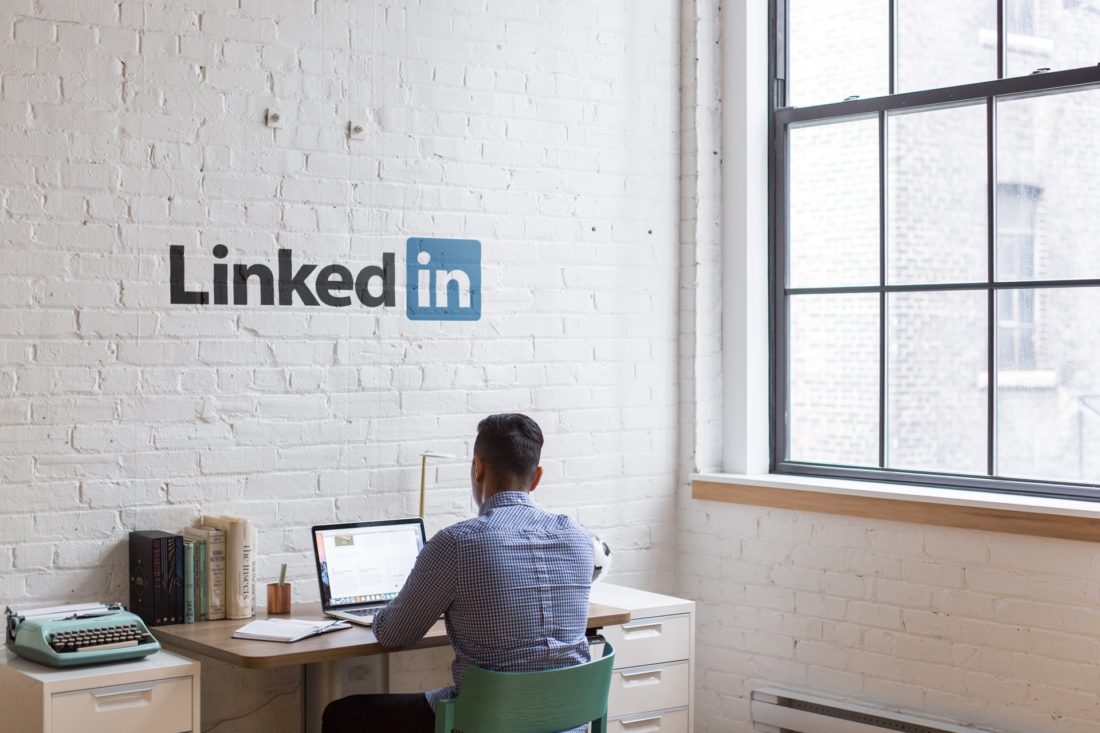LinkedIn can sometimes feel a bit set in its ways, especially compared with other social networks. While consumer-centric platforms such as Facebook, Instagram, TikTok, and Snap are continually adding flashy new features, the professional network appears to move forward slowly and steadily by making small tweaks here and there. However, appearances can be deceiving. Its changes haven’t been as conspicuous as those of other networks; however, the platform has been steadily reinventing itself via a full LinkedIn makeover.
This makeover has affected many areas, from the content users can publish to how advertisers can target audiences.
Specifically, these three key shifts have been transforming LinkedIn:
1. Company pages are becoming social networks within the social network.
Originally LinkedIn was a place for connecting with people outside of your organization; as part of a job hunt, a lead generation strategy, or an effort to build professional contacts.
A major LinkedIn has undertaken is shifting the focus inwards and establishing company presences as mini social networks for employees. Recent changes to its Page, like the “My Company” tab, enable workers to easily connect with each other.
As LinkedIn notes: “[The ‘My Company’ tab] is a new space for your employees nested within your organization’s LinkedIn Page that brings your workforce closer together by helping you celebrate key accomplishments, increase engagement within your employee community and connect colleagues with a single click.”
While many of these features are intended to build stronger connections within organizations, some also make it easier for employees to serve as corporate advocates. Specifically, LinkedIn’s Elevate initiative is focused on providing tools that empower workers to share content related to their employers.
2. The platform is increasingly positioning itself as home for virtual events.
For a number of years formats like webinars that enable live virtual interactions have been growing in popularity. The Covid-19 pandemic has accelerated this shift. Everything from small corporate educational sessions to massive industry conferences have been forced to move from in-person to online.
LinkedIn has savvily noted this trend and is increasingly positioning itself as a robust home for virtual events.
The platform’s approach is built on two pillars. The first is LinkedIn Events, which allows you to create a virtual home for an event and to promote it to target audiences.
The second pillar is LinkedIn Live, which enables live video streaming within the platform and provides tools for engaging audiences while the event is happening.
The two are intended to be an all-in-one solution which makes it easy to create, market and deliver virtual events.
3. Advertising is growing in scale and becoming more powerful.
Although LinkedIn has been successful in building a very large audience—it has 706+ million users in more than 200 countries—it often isn’t top-of-mind for advertisers.
The platform has been addressing this by pursuing two key strategies.
First, it has been working hard to help businesses improve the efficiency and effectiveness of their campaigns by delivering new tools such as audience forecasting (which enables advertisers to see the makeup of target audiences and what will resonate) and interest targeting (which enables advertisers to serve creative based on what audiences already care about).
Second, LinkedIn has been looking to increase its appeal by enabling advertisers to extend campaigns beyond the platform itself. Specifically, it has been building scale through its Audience Network, which now includes popular publishers such as Flipboard, Microsoft News and MSN.com (the latter two owned by parent company Microsoft).
If ‘Audience Network’ sounds familiar that’s because it is the same name Facebook uses for a set of advertiser-focused solutions. That is likely not a coincidence; it might hint at the network’s broader strategy: To become Facebook for businesses and professionals.
Essentially, LinkedIn is aggressively pursuing many of the same strategies that Facebook is, such as developing communities within the broader experience (LinkedIn Pages/Facebook Groups); delivering in-platform streaming (Facebook Live/LinkedIn Live); and expanding its offerings for advertisers (LinkedIn Audience Network/Facebook Audience Network).
Given that these approaches work well for Facebook, they may very well drive significant growth for LinkedIn, too.
Ultimately, although LinkedIn’s changes may not have garnered the same attention as those of other social networks, its recent moves could have an equally big payoff in the long run.
Photo by inlytics • LinkedIn Analytics Tool
